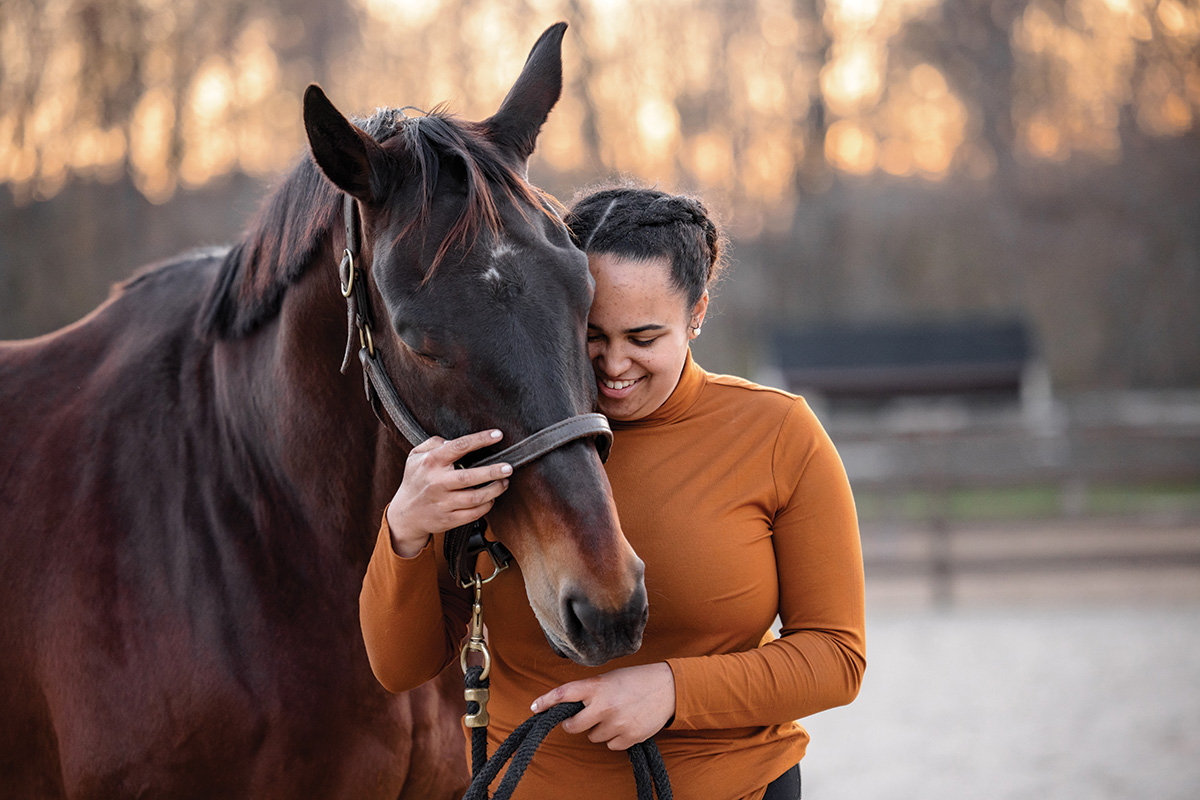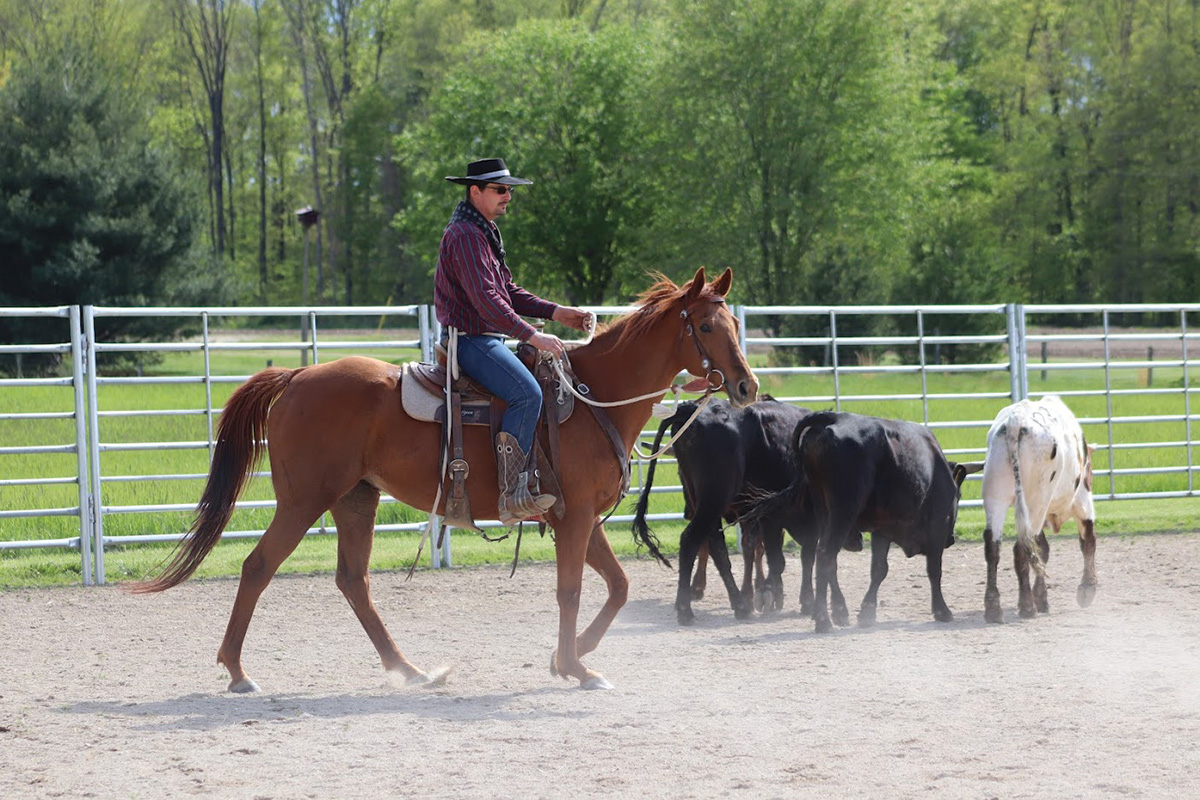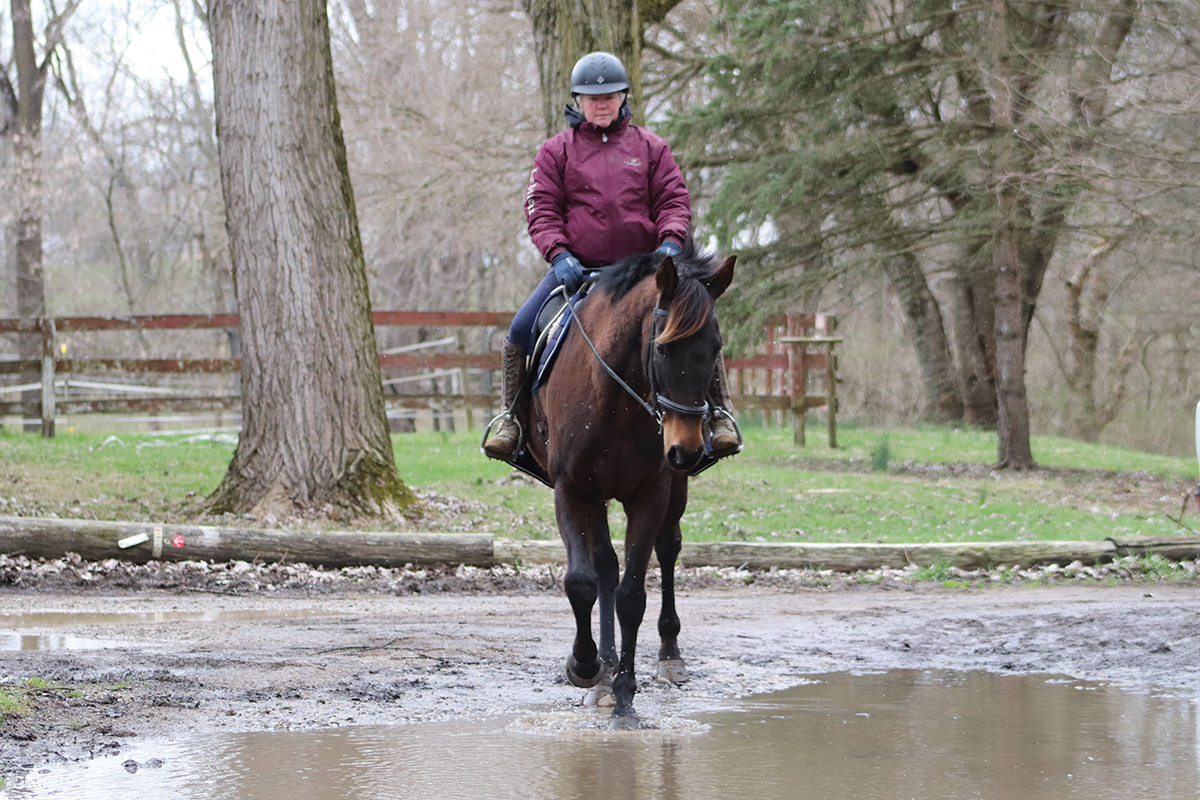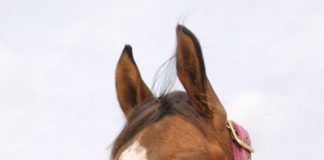Off-track Thoroughbred (OTTB) lovers have likely noticed a heightened interest in retired racehorses, but there is a segment of the industry still much at risk: the retiring broodmare. In 2021, The Jockey Club reported 27,178 mares bred, which is 7,261 fewer than five years ago. Where did these mares go, and why is it cause for potential concern?

“You have the racing side, which is very cognizant of aftercare,” says Kim Smith, founder and executive director of Second Stride, Inc., a Thoroughbred adoption center in Kentucky. “They understand the need for transition of the racehorse. The breeding side is a completely different part of the industry; they often don’t have access to those in the riding-horse community. Whether [broodmares] are being dropped at auction or put in a back field, neither is right, because they want a job, too.”
Retiring Broodmare Programs
Some Thoroughbred aftercare programs, including Second Stride, Inc., are reframing programs to specifically support retiring broodmares. The ASPCA’s Right Horse program has issued grants specifically to help fund broodmare and breeding stock retraining and educational programs.
“Before The Right Horse grant, we were funding general racehorse aftercare, and our budget would allow us to take in two to three [broodmares] a year,” says Smith. “They traditionally take more funding and time to transition. Now, we’re going to start taking in six to 10 a year or more. In regard to the on-the-track racehorses, there are still pockets across the country challenged with general racetrack transitional care, but with funding from organizations like TAA [Thoroughbred Aftercare Alliance], TCA [Thoroughbred Charities of America] and others, we’ll keep working until it’s equal in other states. Thanks to funding from The Right Horse, we also have shipping grants to help transfer horses between approved organizations.”
Re-entering the Workforce
Smith compares retiring broodmares to human moms looking to get back into the workforce.
“A racehorse has their education at the track, quits work, and then has kids,” she says. “Now, the kids are grown and they’re not having any more— ‘So, what do I do now? Do I not serve the community at all? I can still do something for someone.’ When you watch these mares on their first ride in often a dozen years, they are in heaven. They’re so happy to be brought up from the field and doing something again. Nobody wants to be forgotten.”
Sara Busbice, president of Indiana-based Friends of Ferdinand Inc., agrees.
“They don’t get the same attention as horses coming right off the track,” she says. Their aftercare organization launched the Broodmare Bunch program in 2021, taking in five mares their first year. It started with a donation from the proceeds of the annual Indiana Thoroughbred Alliance stallion season auction.
“They are a great group of breeders that really try to support innovative and forward-thinking ideas that move our local industry forward,” says Busbice. “We’re so proud of the initiatives and support they have for one another and for the horses.”

All incoming retiring broodmares go through an intake exam by Angela Blackwell, DVM, of Horse & Hound Veterinary Clinic in Mooresville, Ind. If sound for a third career, they determine whether the mare prefers a job in flatwork or over fences, and start them out slowly.
“Health considerations for broodmares are mostly the same for any other off-track horse—we might just have to add a few things to our list,” says Blackwell. “For the older mare, we want to look at how much arthritis she has to keep her safely and happily retraining. It’s also important to make sure they don’t have any back problems, scarring or infection in their uterus, urine pooling or cervical damage that would cause pain. And of course, make sure they have appropriate hoof and dental care.” The last two are the most common issues Blackwell sees when examining broodmares at intake.
While the Broodmare Brunch mares hadn’t been ridden since their racetrack days, they took right to it.
“We have an 18-year-old mare in the program named Mongoose Gold, and she flexed cleaner than any [horse] in years,” says Busbice. “She’s off the track, had seven or eight babies, and went right to work. She’s participating in an archery clinic and will be starting hunter/jumpers soon.”
Lots of Things to Love About Retiring Broodmares
Retiring broodmares have many attributes to love. Here, Smith and Busbice share their top reasons for adoring these mares.

◆ Been there, done that: “Hands down, if I were an adult amateur looking for a horse, I’d pick an older broodmare,” says Smith. “They’ve been around, they’ve traveled, trailered, and been extensively handled. They’re ready to do something and have some love. They’re sweet. My view of them is when you have the summer camps, 10 little girls can finger paint and braid bows on them, and they will stand there all day and get hosed and brushed. They are not keen; they’re just appreciative.”
◆ Protective, motherly instincts: “The broodmares already have a strong instinct to protect, so if you can become their person, that will carry over to you—they’ll take care of you,” says Busbice. “Also, they’re more settled, and with their life experiences, they take things in stride.”
As organizations and individuals continue working together to offer these deserving mares a safe landing and fulfilling career, ask yourself this: Could a retiring broodmare be your perfect next mount?
“These mares are the backbone of the horse industry, and they don’t get their due,” says Blackwell. “It’s exciting to think of all the possibilities ahead for these mares.”
Retired Broodmare Division Added to Thoroughbred MakeoverIn 2023, the Thoroughbred Makeover and National Symposium, presented by Thoroughbred Charities of America, will include a pilot program for a broodmare division of competition. The Thoroughbred Makeover has become the largest Thoroughbred retraining competition in the world for recently-retired ex-racehorses, and now will feature retiring broodmares competing alongside traditional Makeover entrants in all ten offered disciplines. These mares will be pinned and recognized separately, and will compete for a separate $10,000 purse in prize money. |
This article about rehoming retiring broodmares appeared in the July 2022 issue of Horse Illustrated magazine. Click here to subscribe!






